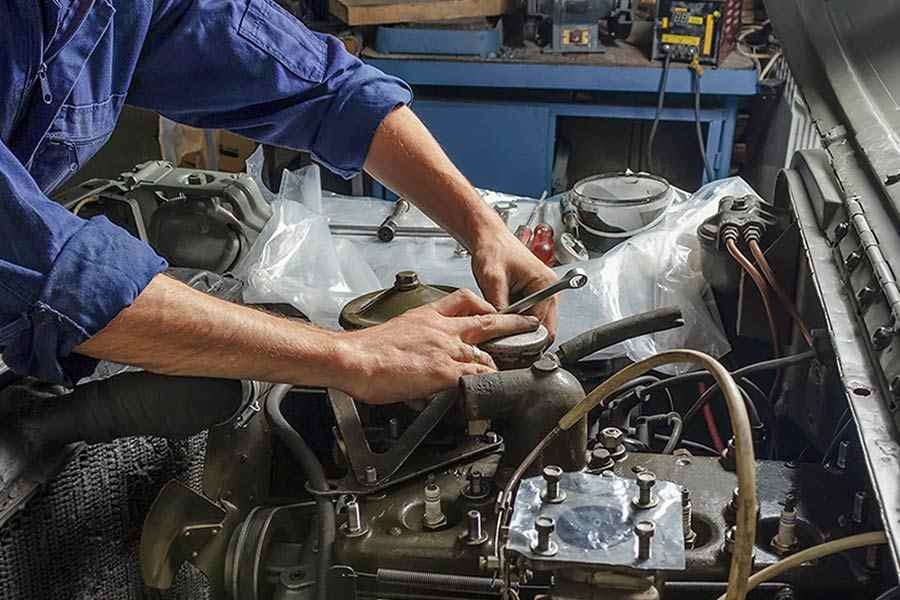The purpose of the exhaust manifold heat shield is to protect the surrounding areas of your car from the intense heat produced by the exhaust manifold. Exhaust gases are collected from the engine’s cylinders and sent into the exhaust system by the manifold itself. These gasses have the ability to reach extremely high temperatures during their expulsion, which could harm adjacent items such as hoses, wiring, and even delicate engine parts. To lessen the chance of heat damage, the heat shield is usually positioned around or close to the manifold and is composed of metal or heat-resistant materials.
Purpose of the Heat Shield
The exhaust manifold heat shield’s main purpose is to shelter nearby components from extreme heat. Rubber components, such as hoses, wires, and plastic parts, can be harmed by heat because they are susceptible to melting or deterioration in hot environments. The heat shield helps guarantee that your car operates effectively without running the danger of component damage by diverting heat away from key locations. By holding heat in the manifold, the engine may operate better and achieve operating temperature faster, improving exhaust system efficiency.
Common Causes of Heat Shield Failure
The exhaust manifold heat shield may deteriorate over time, especially if it is exposed to high temperatures, moisture, and debris from the road. Rust and corrosion are among the most frequent issues that can erode the shield and result in its cracking or falling off. Additionally, the shield may become loose or misaligned, frequently as a result of engine and exhaust system vibration. Road debris hit can occasionally dent or damage the shield, impairing its effectiveness to shield nearby components.
Signs of Heat Shield Problems
A number of indicators could indicate that your heat shield is malfunctioning. A rattling or buzzing sound emanating from the exhaust system is a typical indicator, especially when the car is accelerating or idling. The heat shield breaking loose or removed is frequently the cause of this. Additionally, there can be noticeable rust or cracks on the shield itself, or you might notice an odd accumulation of heat around the engine compartment. To stop additional harm to the car, it’s critical to have the heat shield examined, fixed, or replaced if you observe any of these signs. For reliable assistance, consider reaching out to Auto Repair in Littleton, Co, to address heat shield issues efficiently.
Conclusion
A broken exhaust manifold heat shield must be replaced or repaired to keep your automobile running. Rusty or broken shields need replacement to restore full protection. Reattaching or reinforcing the heat shield may repair it. Frequent heat shield and exhaust system inspections can help identify faults early and prevent costly repairs. If the shield is severely damaged and cannot be repaired, the car may be unsafe to drive.


